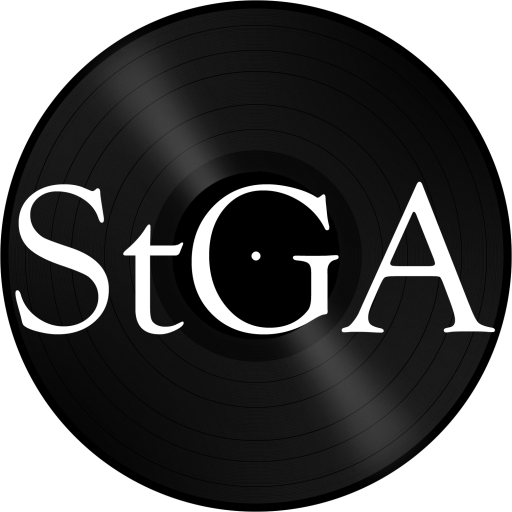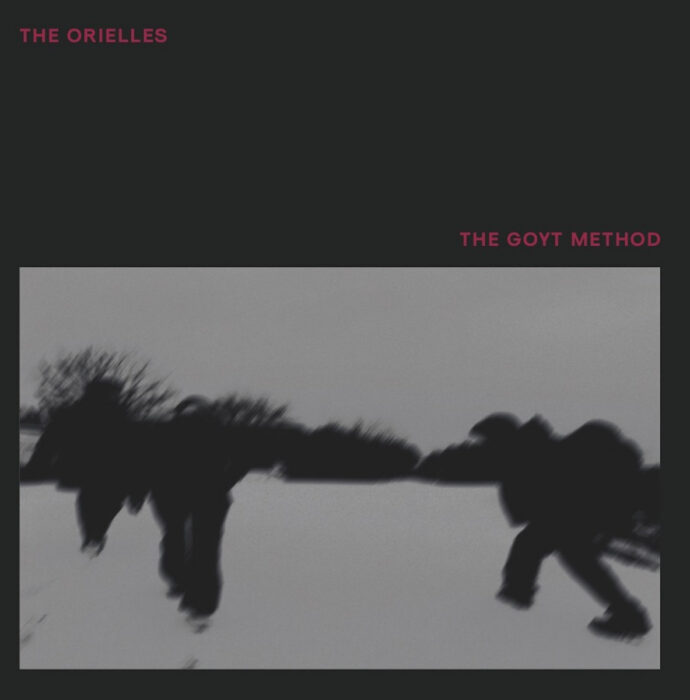It’s no secret StGA wasn’t at all kind to The Orielles’ otherwise critically lauded 2022 full-length, Tableau; the last two sentences of our review reading, “The only saving grace is that The Orielles have no choice but to deliver something better on whatever they attempt next. After all, it can’t get worse than this.” Thankfully those words have come to be prophetic as the British trio’s latest EP, The Goyt Method, is a much more pleasant listen than its clunky predecessor.
The Goyt Method consists of a beautiful, five-minute string arrangement, titled “Improvisation 002”, sandwiched between two pairs of indietronica which were created by rejigging parts from songs on Tableau. The pairs, alternately titled “Tableau 001” and “Tableau 002” on the frontend and “Tableau 003” and Tableau 004” on the backend, are musique concrete pieces that are at times reminiscent of what Aphex Twin might sound like if Richard D. James interspersed cut-up snippets of female vocals into his early experiments in the ambient genre.
“Tableau 001” pairs a warped bassline and a simple, pulsing rhythm with Henry Carlyle Wade’s expressive guitar all while a chopped, looped sample of Esmé Dee Hand-Halford repeats the words, “What’s on the radio?” The effect is trippy and hypnotic and not entirely unpleasant. “Tabeau 002” is bookended by vocals from the Orielles’ female members that merge with a looped string sample and skittering beats. The song makes for a decent setup for the EP’s centerpiece, the aforementioned “Improvisation 002”. It’s no wonder this track is at the heart of the EP as it is The Goyt Method’s most memorable and moving. The strings here are transportive, recalling cinematic landscapes and inspiring intimate contemplation. It just may be the best song of The Orielles’ career thus far.
“Tableau 003” and “Tableau 004” close out the EP. The former pairs synth washes with bleeps, bloops and reverb-soaked snatches of vocals to create something otherworldly and hallucinatory. The latter, Goyt Method’s final track, is much darker in tone than anything that’s come before. Here, the vocals are pitched low, rendering them unintelligible. There’s barely anything in the record’s final minutes to cling to pattern-wise, the song revealing itself to be as bleak as the EP’s cover art.
All told, The Goyt Method is an improvement. If the band had taken the same IDM-inspired approach during the more experimental moments on Tableau as they do here, they may have ended up with a much better record last year. Regardless, The Goyt Method makes for a thoughtful handful of tracks.
Rating: 7.0/10

